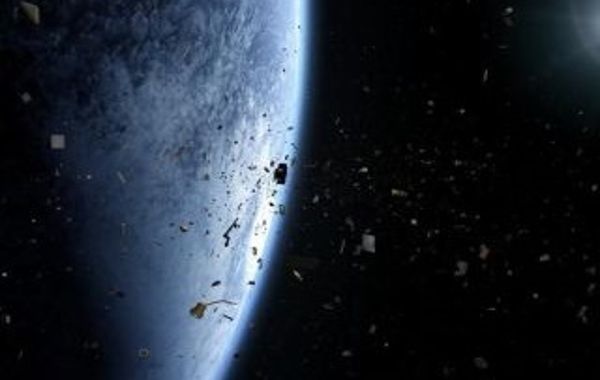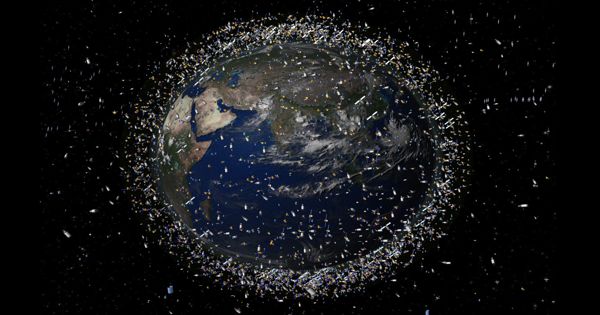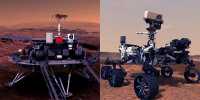Climate change may exacerbate our space junk problem. Researchers have warned that it may be exacerbating the space junk problem, which already poses a threat to future interplanetary travel. Rising carbon dioxide levels in our planet’s upper atmosphere, according to a recently presented preprint paper, are causing its density to decrease.
Because of the lower density, space junk designed to burn up in the denser lower atmosphere may experience less of a pull, according to The New York Times, which would otherwise ensure it burns up. This could exacerbate the space junk problem, as scientists are already tracking thousands of pieces of orbital debris in Earth’s orbit.
“The numbers took us by surprise,” Hugh Lewis, a space debris expert from the University of Southampton in England, who co-authored the study, told NYT. “There is genuine cause for alarm.”
Climate change may be exacerbating the space junk problem which already poses a threat to future interplanetary travel, researchers have warned. Rising carbon dioxide levels in our planet’s upper atmosphere are causing its density to drop.
There are more than 160 million pieces of space junk floating in Earth’s orbit, and the number is growing. Space junk, which can include debris from defunct satellites and rocket fragments, is becoming an increasingly significant issue. Furthermore, with space junk traveling at an average speed of 16,777 mph, even the smallest pieces of debris, such as paint chips, could cause major problems.
Not only does it endanger space travel, but satellites are also used in technologies such as mobile phones, television, GPS, and weather forecasting. As a result, a cataclysmic series of crashes could endanger our already over-reliance on satellites. There are some plans to start removing debris from Earth’s orbit.
The space debris environment, particularly in low earth orbit (LEO), is posing an increasing risk to all spaceflight missions, and ESA is already paving the way for a more environmentally friendly approach to space activities. On the ground, this entails using more environmentally friendly materials, processes, and technologies. However, in space, it means keeping Earth’s orbital environment free of debris.

Cause for Alarm
Any piece of machinery or debris left in space by humans is referred to as space junk or space debris. It can refer to large objects, such as dead satellites that failed or were left in orbit at the end of their missions. It can also refer to smaller objects, such as debris or paint flecks that have fallen off a rocket.
According to the New York Times, more than 2,500 objects larger than four inches orbit our planet at a distance of fewer than 250 miles. If fewer items are dragged into the lower atmosphere over the next 40 years, the problem could multiply by a factor of 50.
The effects of a less dense upper atmosphere are still not fully understood, according to experts, and more research is needed before we can get a better idea of how big the problem is — or how big it will get in the future. However, companies like SpaceX and Amazon are planning to build massive constellations of thousands of satellites to beam down broadband internet, which could exacerbate the problem.
SpaceX recently requested that the Federal Communications Commission lower the altitude of nearly 3,000 of its Starlink satellites in order to ensure that any dead satellites successfully reenter the atmosphere. Even so, with rising CO2 levels, this may not be enough.
“Would you say it’s good enough if SpaceX’s spacecraft re-enters passively in 10 or 15 years?” Lewis inquired of the New York Times. “Given the size of the constellation, many people would say probably not.”
Fortunately, for the time being, space junk does not pose a significant threat to our exploration efforts. The main threat it poses is to other satellites in orbit. To avoid being hit and potentially damaged or destroyed, these satellites must move out of the way of all this incoming space junk. Every year, hundreds of collision avoidance maneuvers are performed by all satellites, including the International Space Station (ISS), where astronauts live.















